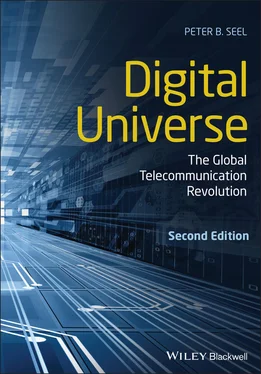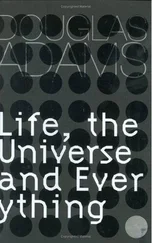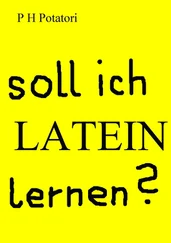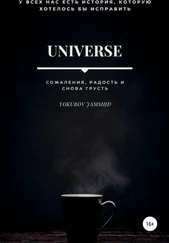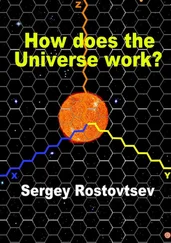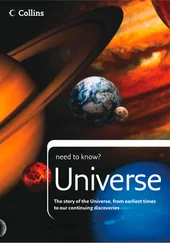Author Dan Pannasch cites wellness coach Morgan Sheets who noted that some smartphone users who are also online for much of the day often rack up more than 11 hours looking at screens daily. Sheets advises her clients about methods they can use to reduce the stress and fatigue induced by excessive screen time. These include scheduling defined times each day to answer email and return phone calls and then keeping electronic devices out of bedrooms to assure better sleep habits. 19The global COVID-19 pandemic in 2020-2021 added to the hours of daily screen time with multiple family video conferences as some parents worked from home and children and young adults participated in online classes via technologies such Zoom, Teams, and Skype. We appreciated having these internet-based telecommunication options in a time of home quarantines, but most were relieved when families, friends, and groups could meet face-to-face again as the pandemic waned and more were vaccinated.
Ellul’s perspectives on awarding godlike status to technology have been cited by other scholars critiquing the role of technology in society, and his philosophy had a direct influence on the thinking of technology critic Neil Postman (Figure 3.2) as expressed in his influential book Technopoly . 20Postman defines a “technopoly” as
a state of culture. It is also a state of mind. It consists in the deification of technology, which means that the culture seeks its authorization in technology, finds its satisfactions in technology, and takes its orders from technology . This requires the development of a new kind of social order, and of necessity leads to the rapid dissolution of much that is associated with traditional beliefs ( emphasis added ). 21
To Postman, computers represent the ideal modern symbol of technopoly, a pervasive use of technology that affects every aspect of contemporary life. Computerization emphasizes speed and efficiency , elements that Postman considered as hallmarks of technopoly. I would offer computer technology in the form of email as a prime example. Postman extended this line of thought further than Ellul, concluding that the widespread adoption of computer technology would lead to an “information glut, information without meaning, information without control mechanisms.” 22The widespread adoption of email has led to an information glut, one that Postman was able to witness (he died in 2003 at the age of 72). 23We struggle daily to make sense of all those electronic messages arriving by email, phone, text, and tweet and then spend time sorting and organizing those that we wish to save. We rely on related computer technology in the form of spam filters to spare us from having to sort out legitimate messages from the blizzard of junk mail in daily messages. We now have intelligent digital agents such as Amazon’s Alexa who know us by our voices and can do our grocery shopping online, play our preferred music, and answer random questions that we shout at “her.”
This phenomenon is related to another of Ellul’s criticisms of technology – that as a global society we seek to remedy problems caused by technology with other technical solutions. For Ellul, these technical solutions are often worse than the problem they were designed to solve. Even with well-understood complex systems, technical fixes often fail at critical junctures. As Lewis Thomas notes in regard to complex urban systems in his insightful book The Medusa and the Snail : “Whatever you propose to do, based on common sense, will almost inevitably make matters worse rather than better.” 24Spam filters are a good example of a technical solution to a problem caused by technology (universal access to the internet). Ellul understood this aspect of technology and it provides a cautionary tale as electronic communication systems become ubiquitous and we become increasingly dependent on them for critical functions throughout the world.
The Tao of Digital Technology – Yin and Yang
Perhaps a Taoist view of digital technology might facilitate a greater understanding of the complex relationships between society and technology. The Taijitu symbol and the yin and yang elements associated with Taoism can be adapted for this purpose. Technology is the lighter, active yang part of the symbol and in China is symbolized by fire. There is an elegant symmetry with technology representing the fire element since the discovery of fire was one of the earliest uses of technology by our ancestors. Applied to modern digital telecommunications, the fire of yang represents the pulsing light of lasers as information is circulated over the internet in millions of fiber optic cables and as the glow emanating from a computer or phone display. The yin element – the darker, passive half symbolized by water – represents society. In this sense it is helpful to think of society as both active and reactive. Technology evolves to meet human needs – which obviously will vary over time. Antibiotics were developed to deal with the effects of bacteria and infectious diseases that have caused millions of human deaths over the centuries. Medical science has developed treatments for illnesses caused by viruses such as influenza only to discover to our chagrin that bacteria such as those that cause tuberculosis (that we thought were under control) have evolved into drug-resistant strains.
The yin–yang relationship of technology and society is a useful model to temper the world-view of self-admitted technological determinists such as Thomas Friedman while allowing the perspective that technological developments do, in fact, influence society. The converse is also true – that technology is part and parcel of the society created by humankind and is actively influenced by economics, politics, and a host of other human activities and beliefs. The yin–yang relationship of technology and society is a dynamic one with evolving cybernetic feedback loops. This view of the digital universe allows that “technological capabilities do create intentions” as Friedman noted – it also encourages us to simultaneously consider the Ellulian perspective that “technique” is a much broader concept than just tools and machines. Technology is embedded in every aspect of contemporary human life and is a response to our needs, both real and imagined. Digital technology takes the merger of society and “la technique” to the next level of embeddedness, as we create and adopt technologies that are mobile, compact, and can understand and anticipate our needs. The development of artificial intelligence and agent technology have evolved to a nascent stage, but combined they will take the embeddedness of digital technology in society to a remarkable – and to some, alarming – new level in this century.
Technology critic Safiya Umoja Noble (Figure 3.3) has studied the effects of employing artificial intelligence (AI) in search technology, specifically with Google’s widely adopted search engine. While searching in Google in 2011 for topics of interest to her step-daughter and nieces, Noble discovered to her great surprise and shock that when she searched for the phrase “black girls,” the first hit was for a pornography website titled, “Sugary Black Pussy.com.” Needless to say, she had the presence of mind to not do this search in front of the girls, but it did motivate an interest in how the algorithms programmed into search engines delivered biased results related to women of color. When she compared searches for the phrase “why are black women so…,” the top ten results included terms such as “angry, loud, mean, attractive, lazy, annoying, confident, sassy,” and “insecure.” A similar search for “why are white women so…,” the autocomplete function then built into Google returned these top ten adjectives: “pretty, beautiful, mean, easy, insecure, skinny, annoying, perfect, fake, rude.” While not all are laudatory attributes, she noted that six of the first eight adjectives for “black women” were negative, while the first two for “white women” were positive. Professor Noble’s point is that online search results are based on very complex AI algorithms created by human software engineers, many of whom are men. 25She states:
Читать дальше
